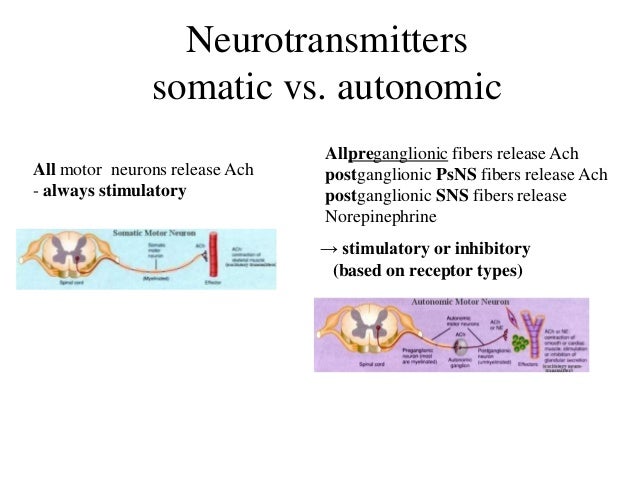

It should be noted that although the ANS and higher processes such as the cerebral cortex are connected, the connection is indirect. Therefore autonomic functionality is not independent of thoughts or emotions fear and anger have the ability to activate the SNS whilst anticipation of food stimulates the PNS resulting in increased salivation and intestinal peristalsis. There is also considerable connectivity between the hypothalamus and the cerebral cortex. For example, there is a close association between the hypothalamus and the limbic system (emotion centre). The hypothalamus functions as the principle coordinating centre for the ANS and also has the ability to affect other ANS coordination centres within other parts of the CNS. The ANS integrating centres are located in the spinal cord, medulla oblongata and the hypothalamus. Using the heart as an example, increased activity in the SNS leads to increased cardiac activity such as heart rate whilst stimulation of PNS fibres leads to reduced cardiac activity.Īctions of ANS Sympathetic Nervous System In organs where there is dual nerve fibre supply, the two divisions of the ANS almost always have opposing effects. There are some exceptions to this rule, for example, most blood vessels only receive an SNS supply. Most organs in the body are under some form of autonomic control and therefore receive nerve fibres from both the SNS and PNS. Neurones releasing norepinephrine are called adrenergic. Postganglionic PNS fibres also release ACh whilst nearly all postganglionic SNS fibres release norepinephrine as their neurotransmitter (there are exceptions to this rule but in general these are the expected neurotransmitters). Preganglionic parasympathetic and sympathetic fibres utilise acetylcholine (ACh) as their neurotransmitter molecule, which are termed cholinergic or muscarinic neurones. The CNS then uses efferent fibres to generate a response from effector cells given the comparison to the reference and thus adjusting the internal environment.īoth the SNS and PNS employ different forms of neurotransmitters to facilitate their signals. This temperature reading is then relayed to the CNS where it is compared to a reference value. The ANS reflex arcs maintain homeostasis via a process of negative feedback in which a sensory cell from within the peripheral nervous system takes a measurement, for example body temperature. The ANS nerve fibres are generally composed of General Visceral Motor (GVM) that transmit purely motor signals and General Visceral Sensory (GVS) which transmits purely sensory information. The second neuron is postganglionic and connects the effector cell with the autonomic ganglia found outside the CNS. The first neuron is a preganglionic neuron with a cell body in the CNS (either brain stem or spinal cord). Within the ANS, efferent signals are transmitted by two neurons between the CNS and the effector cells. Within the somatic nervous system, the link between the skeletal muscle cell and the central nervous system consists of a single nerve fibre. The SNS is activated during critical situations, such as fight or flight responses whilst the PNS is activated whilst at rest, such as during food digestion after eating. The autonomic nervous system is made up of the Sympathetic Nervous System (SNS) and the Parasympathetic Nervous System (PNS). Any levels of increased activity within the autonomic nervous system can result in both stimulation or inhibition of effector cells, although it is only the efferent part of the reflex arc that is actually considered autonomic. there are sensory (afferent) nerve fibres, an information integration centre, motor (efferent) fibres and effector cells.

The autonomic reflex arc system is very similar to that of the somatic motor system, i.e. Control of this nervous system is involuntary and regulation is via autonomic reflexes. The ANS controls gland cells, cardiac muscle cells and smooth muscle cells. The ANS is also responsible for mobilising the body's resources during stressful situations. The autonomic nervous system (ANS) regulates the internal environment of the body including factors such as body temperature, blood pressure and concentrations of many substances.

The peripheral nervous system found in most domestic species can be segregated into three sub-systems the sensory system, the somatic motor system and the autonomic system.


 0 kommentar(er)
0 kommentar(er)
